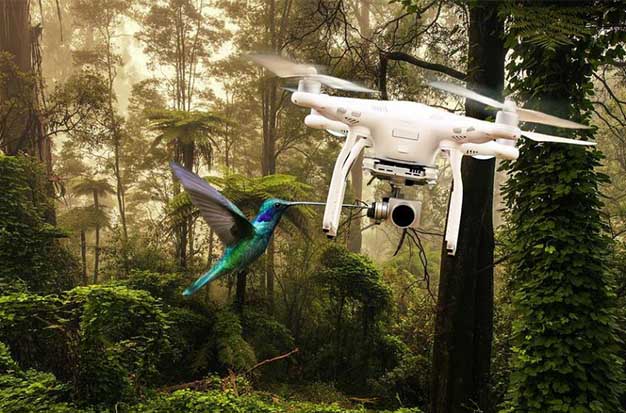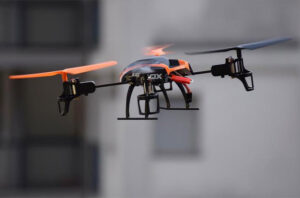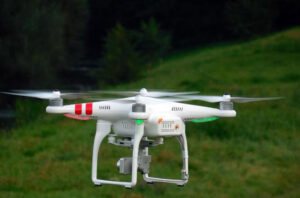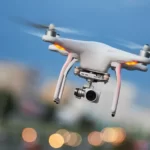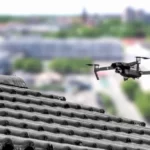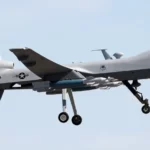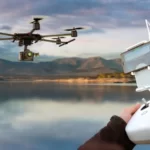One of the most beautiful drones photography subjects is nature. The majestic waterfalls in Yosemite Valley or the canyons of Yellowstone are among the few natural wonders that can compare to their beauty. Only because of their importance in terms of culture and history, you might even rank national monuments as a close second. These locations all share one thing in common—and this is something you shouldn’t ignore—and that is that they are found inside National Parks.
Can you use a drone in a national park? NO, you cannot, is the quick response. Drone owners are aware that they should keep their unmanned aircraft away from airports, but they may be surprised to learn that they cannot use them in national parks.
In this article, we’ll explain why using a drone is prohibited in national parks and offer a few workarounds for getting the kind of aerial photos that can only be taken there.
Table of Contents
Who Has Control Over National Parks?
Nearly all of the nation’s airspace, including that which directly overlies National Parks, is under the control of the FAA. The National Parks Service (NPS) does, however, have the power to impose restrictions on the taking off and landing of aircraft from its grounds. In addition to hundreds of monuments, historic sites, battlefields, seashores, and biking trails, the NPS has control over 60 rivers, 23 nature trails, and other land features. It is obvious that the NPS is a very strong organization with broad authority and heavy responsibility.
The NPS has announced a general ban on drone flights from National Parks since August 2014. This is bad news for drone pilots. Drones and model planes are just two of the unmanned aircraft that cannot fly in national parks, according to 36 CFR 1.5.
Even worse is the fact that this broad ban encompasses all areas under the NPS’s purview. Due to all the missed opportunities for drones to take incredible photos of all these natural features and historic sites, this has proven to be quite contentious among the commercial drone community. This restriction is one of the most rigid drone-related laws because the NPS doesn’t provide many exceptions for commercial drone use in national parks.
Why The Restriction?
It is best to look at the NPS’s announcement in order to comprehend the rationale behind such a broad restriction. Unmanned aircraft, in the agency’s opinion, present a security risk to park guests, employees, and wildlife. Many visitors to these parks yearn for peace and quiet, but the noise made by drones in particular has the potential to ruin that.
As a side note, the NPS itself uses drones in National Parks for safety surveillance, search and rescue operations, fire safety, scientific studies, and aerial photography. You shouldn’t anticipate seeing this in every National Park in the US, as the director of the region where the park is located still needs to approve this kind of drone use.
Are National Forests Drone-Flyable?
Flying is prohibited in national parks, but what about in national forests? Fortunately, most National Forests allow you to fly your drone. For the National Forest, you intend to visit, look up information on drone use.
The Department of the Interior is in charge of the National Park Service. The United States Department of Agriculture (USDA) has control over National Forests. The different approaches to policy are due to this. Since National Forests are much bigger than National Parks, there is actually a lot more space available for flying.
National Forests typically allow for flight, but they might demand a special permit for commercial flights.
Is It Possible To Fly A Drone In Wilderness Areas?
Wilderness areas are another area where flying a drone is prohibited, in addition to National Parks and some National Forests. As “motorized equipment,” drones are prohibited from landing in, taking off from, or operating from designated wilderness areas, which only make up a small portion of National Forests.
These areas are regarded as ecologically sensitive because they are home to wildlife that is in danger of going extinct or is already in danger. Drone operations could severely harm this wildlife. By flying a drone close to or over wildlife, you could put pressure on them and change how they behave naturally, harm them, or even kill them. Drone flights can harass and annoy wildlife as well as people who are enjoying the solitude of the wilderness. The locations of the restricted areas are shown on a map that you can download and use to help you understand the no-drone zones.
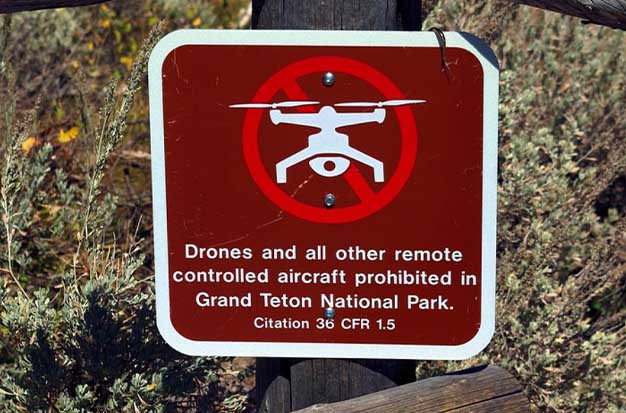
Can You Use Your Drone In State Parks?
Drone usage may be governed by local laws in each state, county, and even city. We advise taking the time to research regional drone regulations. Flying in restricted parks can result in fines of $500 or more in some cities.
Drone flying is permitted in many state parks, but you should always double-check that you are still five miles from the closest airport. If you want to know if it’s a permitted activity, check the park’s website. If not, inquire with the park superintendent about the possibility of designating a safe operating area within the park.
Is It Still Possible To Capture Aerial Images Of Attractions In National Parks?
It would be a shame if there was no way to take pictures of the magnificent landscapes found in the nation’s National Parks due to the strict restrictions. Fortunately, there is a way to avoid the limitations. Obtaining permission to fly over a national park is also possible, but it is probably only going to be granted in extremely rare situations.
Secure Authorization From The NPS
Drone flights over national parks are permitted by the NPS, but only when they are necessary for scientific research or studies. Drone flight requests must go through the NPS administration. You will need to get in touch with the administration of the National Park you intend to fly into after receiving written permission from the agency to ensure that you won’t encounter any issues.
This method has a flaw in that it necessitates extremely particular circumstances. The NPS is unlikely to grant your request if all you want to do is take aerial photos for a commercial project.
Fly Just Outside The National Park Boundaries
While flying a drone inside a National Park is definitely prohibited, it is possible to merely fly outside the park’s boundaries. Some drone operators have even suggested circumventing the regulation and simply flying inside the park, so long as you take off and land outside the restrictions. Since you can still annoy wildlife and receive a fine, this is a gray area in terms of compliance, and we don’t support such behavior.
To find a vantage point, simply fly outside the National Park’s boundaries. This is a much safer course of action. The benefit of using a flying camera is that you can simply keep climbing until you have the shot you want to take. Even if you don’t have the best views of those magnificent natural features, you should be able to get a good shot with some inventive framing. The NPS won’t issue a citation for using this method, which is the best way to get around the restriction.
Conclusion
Undoubtedly, the best places to fly your drone are national parks. After all, natural features that are attractive from the ground up must be even more appealing from above. Unfortunately, you can’t just pull your drone out of your bag and start taking aerial pictures; doing so could result in you having to pay a sizable fine or even going to jail.
We can view this conundrum in the context of protecting the environment and human history, even though we agree that not allowing drones to fly over National Parks results in many opportunities being lost. No one would risk endangering these important landmarks for the sake of a pretty picture because the majority of them are simply too significant.
Drone operators can fly over state parks and national forests if they really want to spruce up their collection with images and videos of breathtaking natural scenery. It is strongly advised to fly your drone responsibly because doing otherwise could result in legal trouble.
Read More: Can I Fly a Drone in My Neighborhood?
